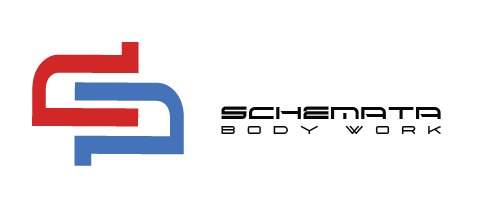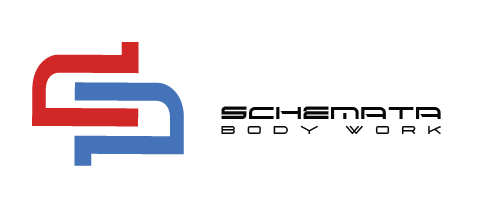How Does Manual Therapy Work?
Manual therapy (MT) is a passive, professional movement applied by physicians that directly or implicitly targets a number of anatomical structures or processes that are used to make beneficial improvements to some part of the patient’s pain experience. Collectively, the MT process is based on clinical rationale to improve patient treatment of musculoskeletal pain by affecting influences from a multidimensional viewpoint that could have a positive effect on clinical results. The influence of biomechanical, neurophysiological, psychological and non-specific patient factors as treatment mediators and/or moderators provides additional information on the process and possible mechanisms through which MT may be efficient. If healthcare delivery shifts towards customized approaches, there is a critical need to advance our understanding of the underlying processes associated with MT effectiveness.
Manual therapy strategies are professional hand movements and skilled passive movements of joints and soft tissues and are designed to enhance tissue extensibility; increase range of motion; promote relaxation; mobilize or manipulate soft tissues and joints; modulate pain; and minimize soft tissue swelling, inflammation, or restriction. Techniques may involve manual lymphatic drainage, manual traction, massage, mobilization/manipulation and passive range of motion.
Physical therapists pick, administer, and incorporate manual therapy techniques when evaluation results, diagnosis and prognosis indicate the use of these techniques to alleviate edema, discomfort, spasm, or swelling; improve health, wellness, and fitness; enhance or sustain physical performance; enhance the ability to move; or avoid or remediate deterioration of body functions and structures;
Soft Tissue Mobilization
Various soft tissue techniques (Graston Technique, ASTYM, trigger point release, etc are based on the principle of collagen deformation. While primarily based on theoretical and mathematical models, studies have shown that even 1% of fascial tissue deformation requires greater strength than human capacity (Chaudhry et al, 2008). This could be difficult for some therapists to consider, as many might say that they experience a tissue “release” with overpressure. However, it has been shown that the manual pressure exerted by therapists actually activates the mechanical receptors in the tissue, which decreases the sympathetic tone in the tissue and releases the adhesion (Schleip, 2003). Again it doesn’t mean that the methods used don’t work, only that they don’t work on the basis of a theorized process. This is beneficial to consider how it could alter our choice of technique and how we execute it.
Stretching
Stretching is a treatment method that has been the cornerstone of physiotherapy for decades. A lot of research has been done on the subject. The common practice at school is that 30 seconds of static stretching is necessary for plastic tissue deformation. But is this really going to happen? Without a doubt, it will seem that people would be able to “stretch” their muscles further after a stretching program has been developed. There are several hypotheses as to how this happens: viscoelastic deformation, plastic deformation of connective tissues, increased serial sarcomere, and neuromuscular relaxation. However, there seems to be inadequate evidence for both of these regions. As far as the viscoelastic model is concerned, studies have shown that the changes that do occur are minor and have a limited period. No evidence has been found for true plastic (or permanent deformation of muscle tissue by stretching.
Many claim that prolonged immobilization results in a shift in the number of sarcomeres in series-in the range they increase in series and in the contracted role they decrease. These experiments have been incorrectly extended to static stretching. In fact, it was found that the sarcomere number returned to the original amount after the removal of the immobilization. What is frequently forgotten is that these experiments are conducted on animal muscle tissue on their own. We just don’t know how sarcomere responds in series to stretching in combination with tendons, other fascial structures, skin, etc. This is a vital part, since that’s how the body actually operates, and when stretching, we can’t distinguish muscle from the other structures. The theory of neuromuscular relaxation is based on altering the stretch reflex to allow the muscle to relax (and thus “stretch”) further. Studies have not been able to prove that this hypothesis is correct without any alterations in the operation of the stretched muscles in the EMG.Regular stretching has shown that there is no substantial difference in joint mobility, discomfort, spasticity or functional disabilities in those with neurological disorders.
Are You Looking for Help with Your Pain?
Sports massage from Schemata Bodywork helps people who are active or desire to be active. Who can benefit from manual therapy from Schemata Bodywork? Individuals who have careers that are restricted to working at a desk, all athletes that are looking to improve their performance or physical gains, people who have community service jobs such as firefighters, law enforcement, or military personnel. If you are suffering from injuries with acute or chronic pain, or someone who wants relief from mental or physical stress, we can help change your life. Contact us now for your appointment.

